10 Adorable Looking Animals That Are Fierce Hunters
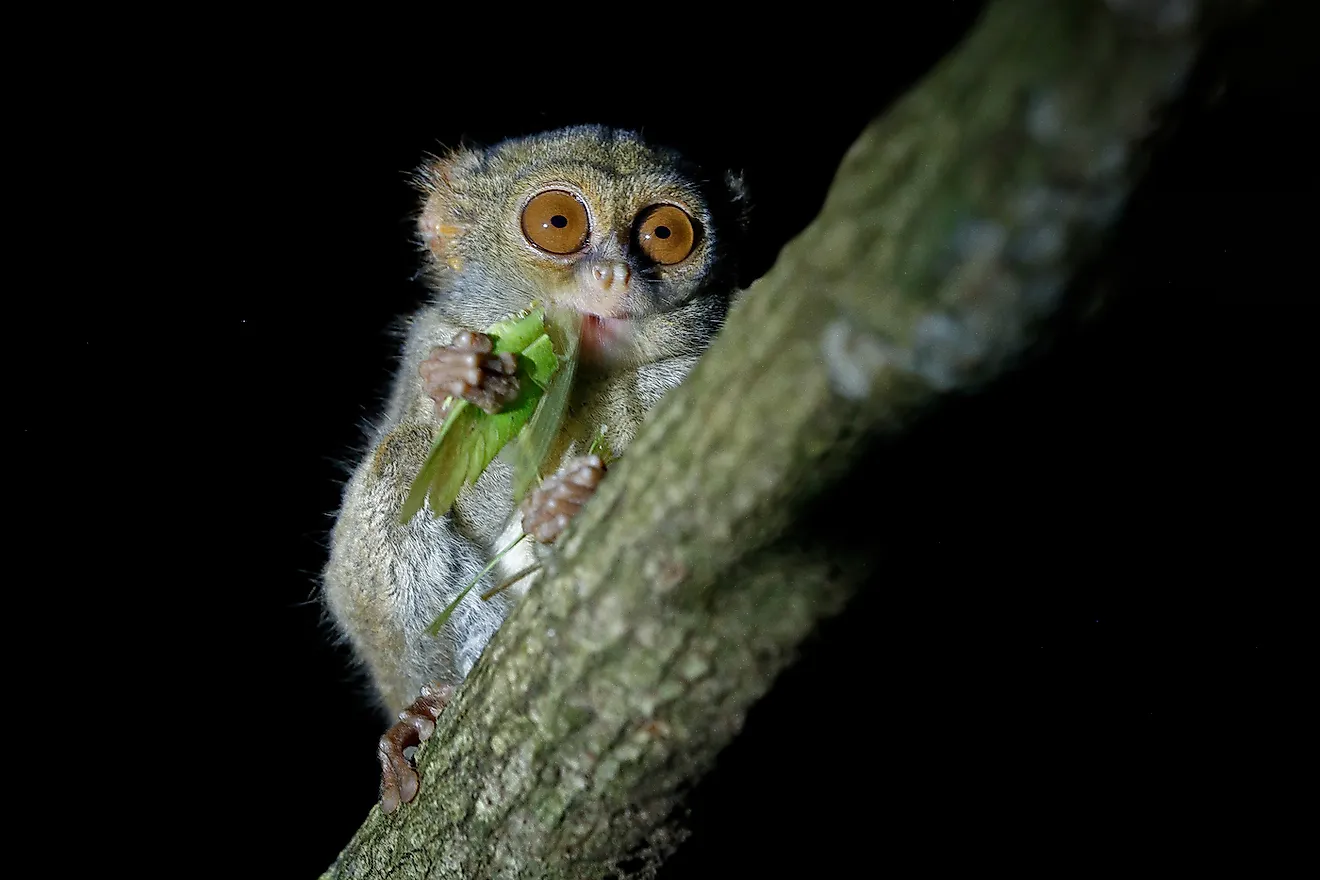
- Dolphins have two stomachs - one to store food and one for digestion.
- The black-footed cat boasts 60% successful kills in the wild.
- Seals, often known as ocean puppies due to their large eyes and gentle appearance, are ruthless killers when it comes to filling their bellies.
Not every fierce predator comes in the shape of a sharp-toothed shark or snarling wolf. They may look cute and cuddly with innocent faces, large eyes, and fuzzy fur coats, but some of the most unassuming animals in the world are ferocious when it comes to hunting down their prey. From the dolphins adventurers swim with on vacation to tiny marsupials that look like they could be pets, some wild creatures are unexpectedly perfect predators, adept at stalking and slaying their dinner. Some will even take on humans who get too close, should they feel threatened or in need of a quick meal.
These are 10 of the world's cute-and-cuddly-looking animals that are geared to take out their prey with swift movement and powerful attacks.
10. Arctic Fox
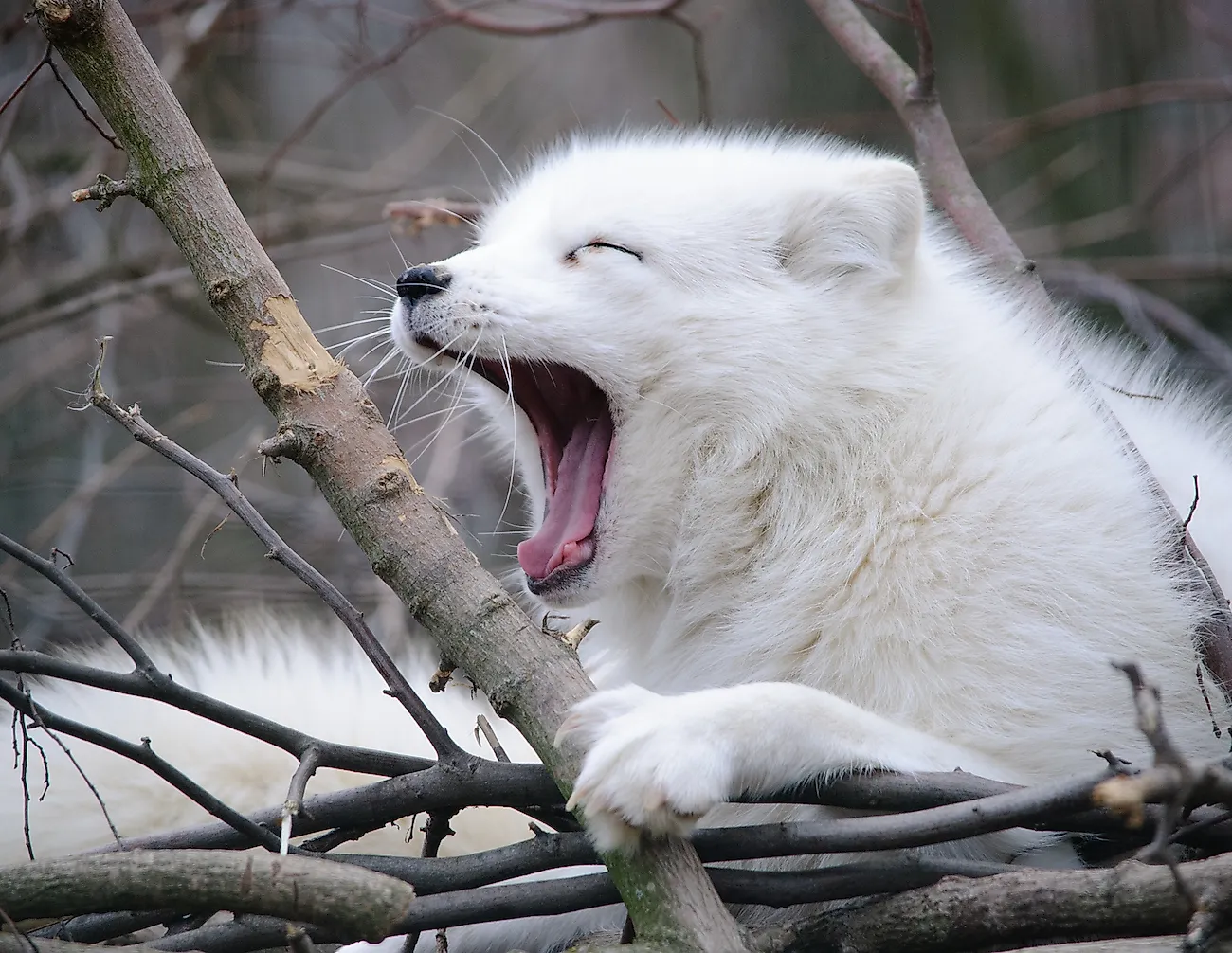
Largely considered an opportunistic animal, the arctic fox happily eats leftovers of other animals, like its polar bear neighbors - but the white-furred pups, only about the size of a large house cat, are very talented hunters armed with super hearing powers that allow them to track prey, even hidden beneath layers of snow.
With its bushy tail and perky ears, the arctic fox looks unassuming, but it has been known to take out baby seals in addition to its regular diet of lemmings, voles, hares and ground squirrels. It will put its ear to the ground to listen for the slightest movement, then jump up and down to break through snow and ice with its front paws to find the prey below.
9. Meerkats
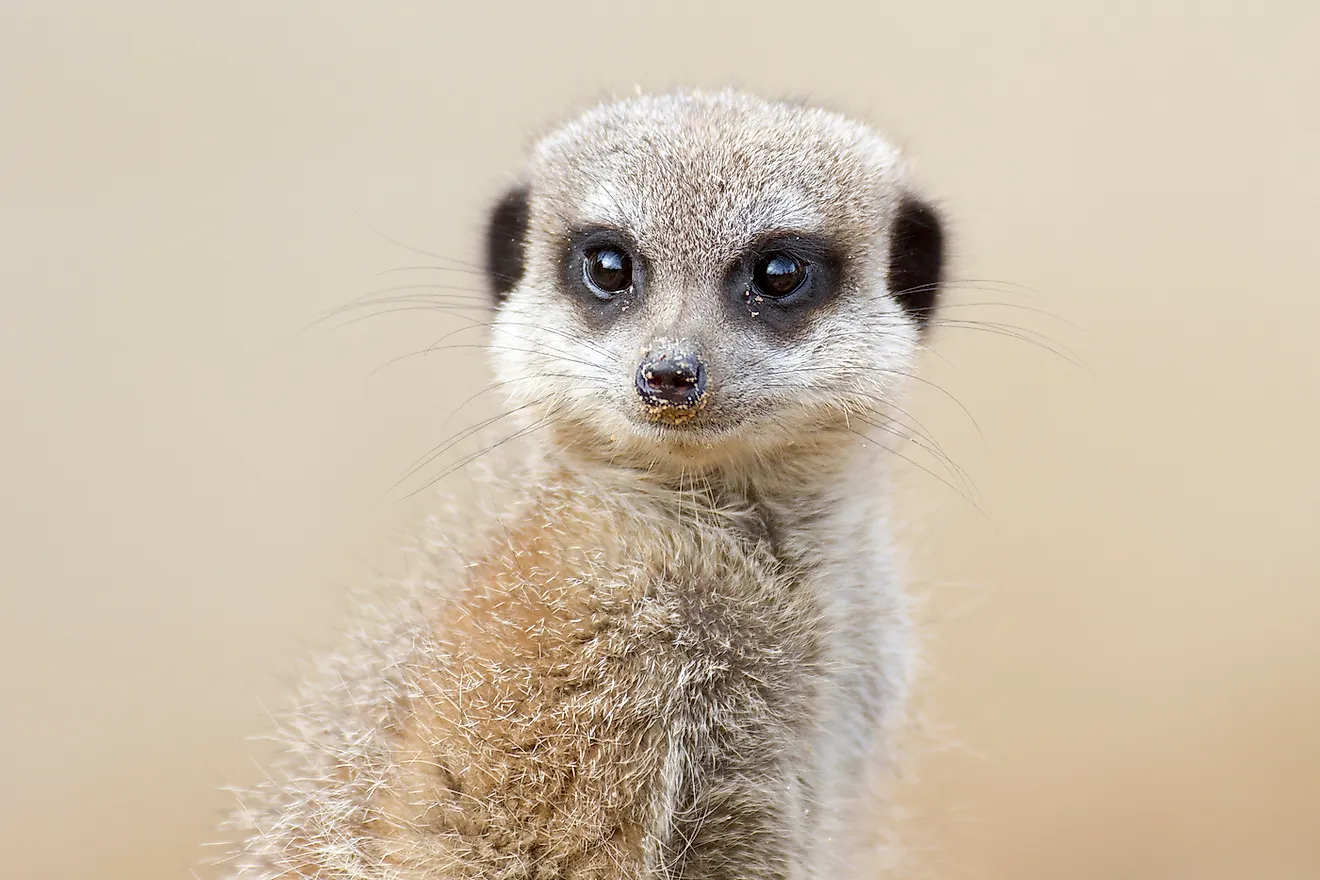
Their large, black-rimmed eyes protect their sight from the harsh sun in desert-like conditions where meerkats tend to live, but also give the insectivores an innocent look. Though their prey is small, meerkats are fierce hunters and foragers who have adapted resistance to the poisons of the snakes and scorpions it favors.
Meerkats have perfected the hunt of these dangerous animals, and will bite the stingers and tails off scorpions and drag dead, poisonous prey across the desert before consuming their hunt, which helps to reduce the amount of toxin they ingest.
They also enjoy safer prey, including snake or bird eggs, insect larva, spiders, lizards, centipedes and millipedes, and small mammals, which they find with their sensitive noses and eat on the spot. Meerkats hunt every day and forage throughout daylight hours because their long, lean bodies have little fat to store energy.
8. Otters
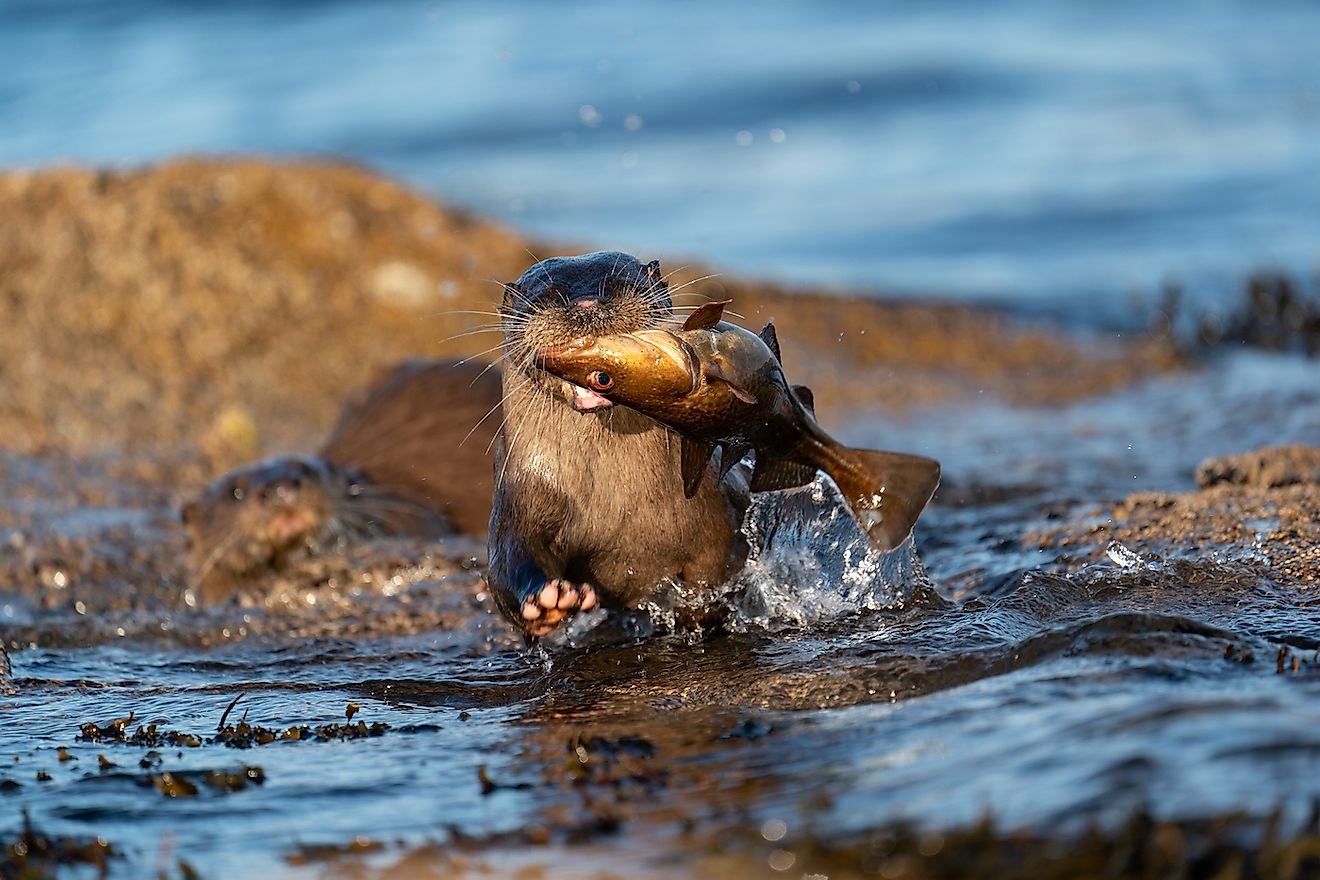
Otters appear to be playful, sweet and inquisitive creatures of the sea or river, but they can be quick and adaptive hunters. River otters largely consume crayfish, crabs, fish, and frogs, though they may also prey on birds, rabbits, and rodents as well; giant otters feed on fish and crab; and sea otters take on slow-moving fish and invertebrates like crabs, sea urchins, abalones, clams, mussels, and snails.
Living in cool water, otters of all varieties boast high metabolic rates to generate body heat, and therefore require a high amount of food. River otters are known to eat between 15% and 20% of their body weight daily, whereas larger sea otters consume 25-30% of their total weight each day, with large males eating as much as 25 pounds of food.
Otters use their vibrissae to detect prey moving in the water and stalk the animals before catching them. River otters will snatch their prey with their teeth, while giant otters tend to grasp them in their paws while eating, consuming smaller prey in the water but bringing larger meals to shore. For sea otters, the hunt involves diving to the ocean floor, catching slippery prey in their forepaws, and bringing it to the surface to feast.
7. Seals
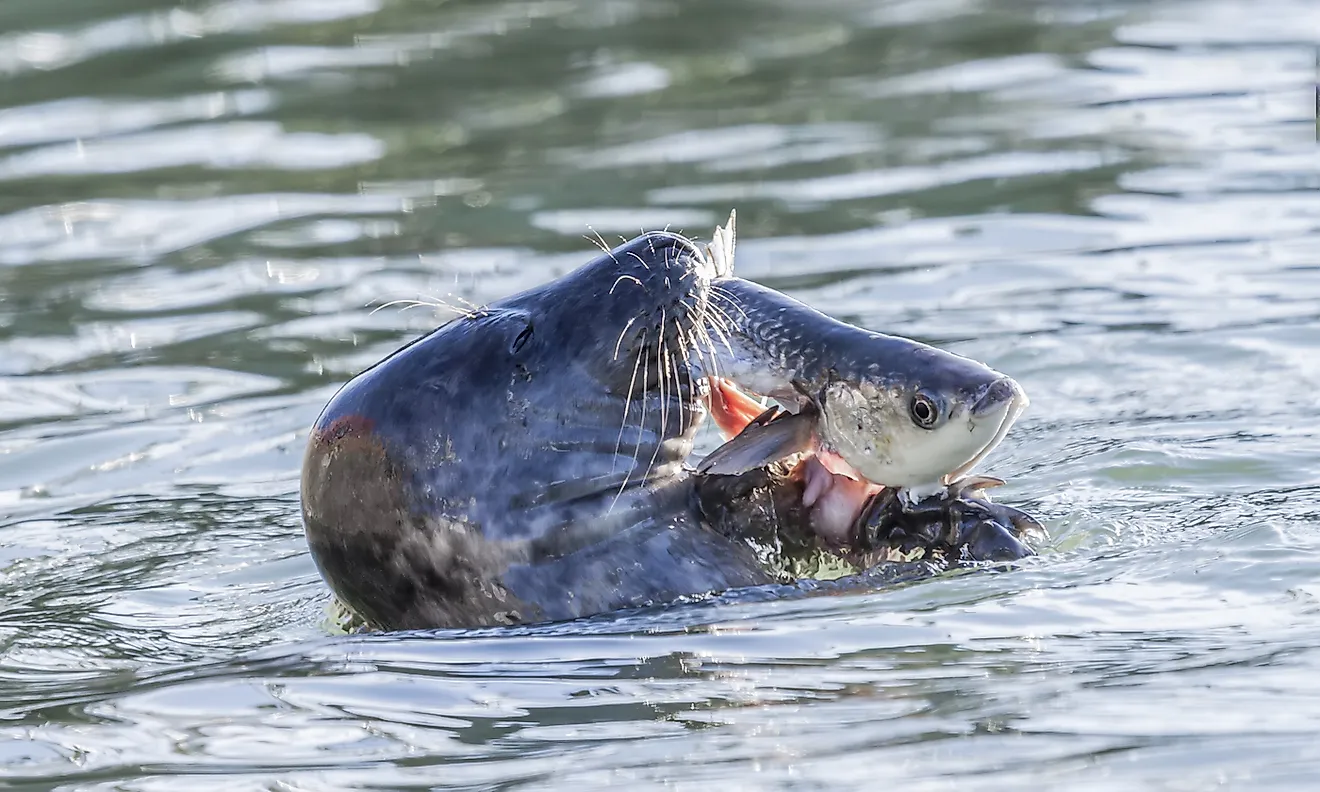
Seals, often known as ocean puppies due to their large eyes and gentle appearance, are ruthless killers when it comes to filling their bellies, rivalling the killer whale with their prowess. The carnivores, known for their aggression, prefer to hunt animals like penguins and fish but will also take out ther seals, and in some cases they have been known to hunt humans.
Their rows of one-inch canines are great for piercing flesh but don't do the trick when it comes to tearing prey into manageable morsels, so seals violently beat their prey on the water surface repeatedly in order to rip it apart.
6. Polar Bears
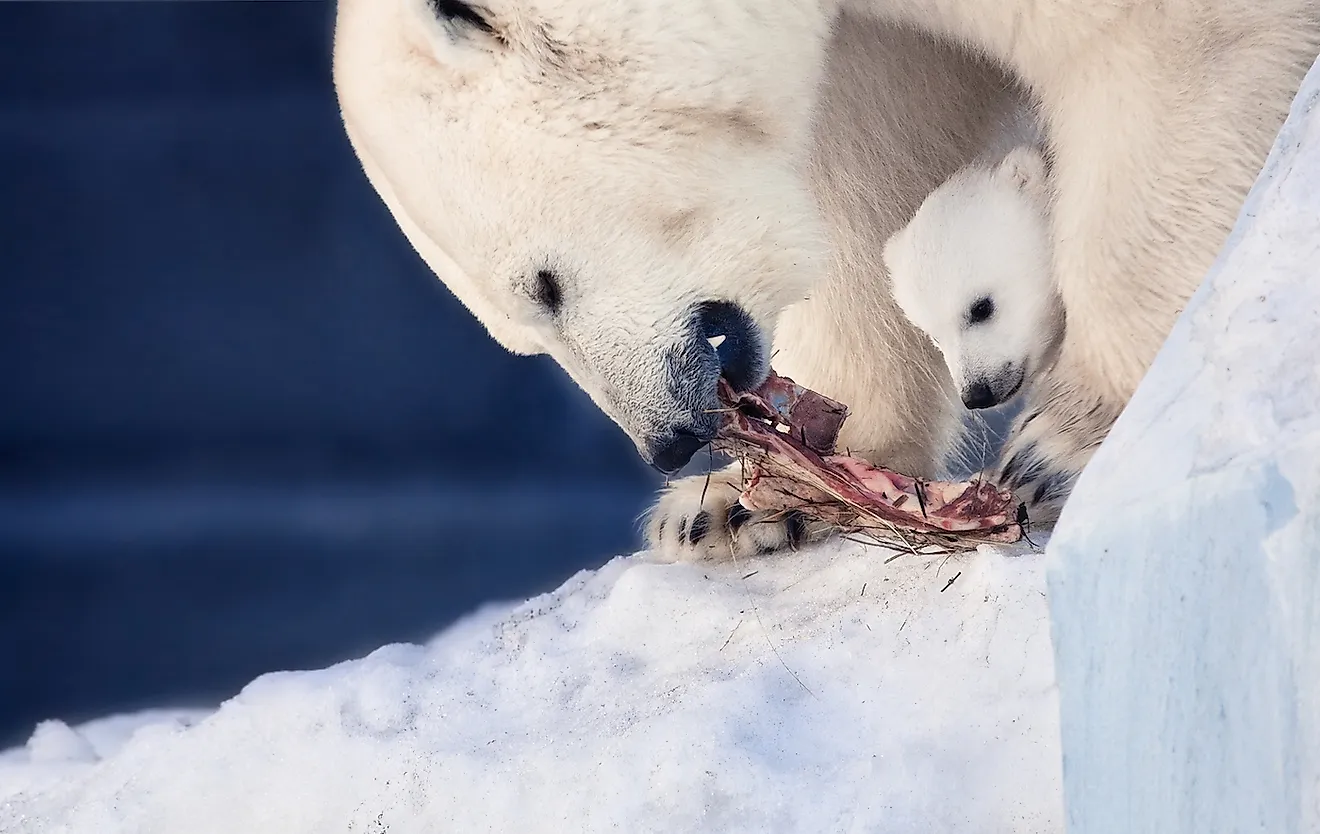
These seeming gentle giants of the north appear to be cuddly with their white-hued coats and lumbering nature, but they can be ferocious in the hunt. Polar bears are the largest carnivorous land mammal on Earth, measuring seven or eight feet in length, with males weighing in around 1,700 pounds.
The bear is equipped with a strong sense of smell, which allows it to find breathing holes in ice, where the patient hunters will wait hours or even days for prey to surface. Seals and penguins are the most common victims of the polar bear, but they have been known to practice cannibalism and though rare, will stalk a human for consumption, with 73 attacks logged in the last 130 years.
5. Dolphins
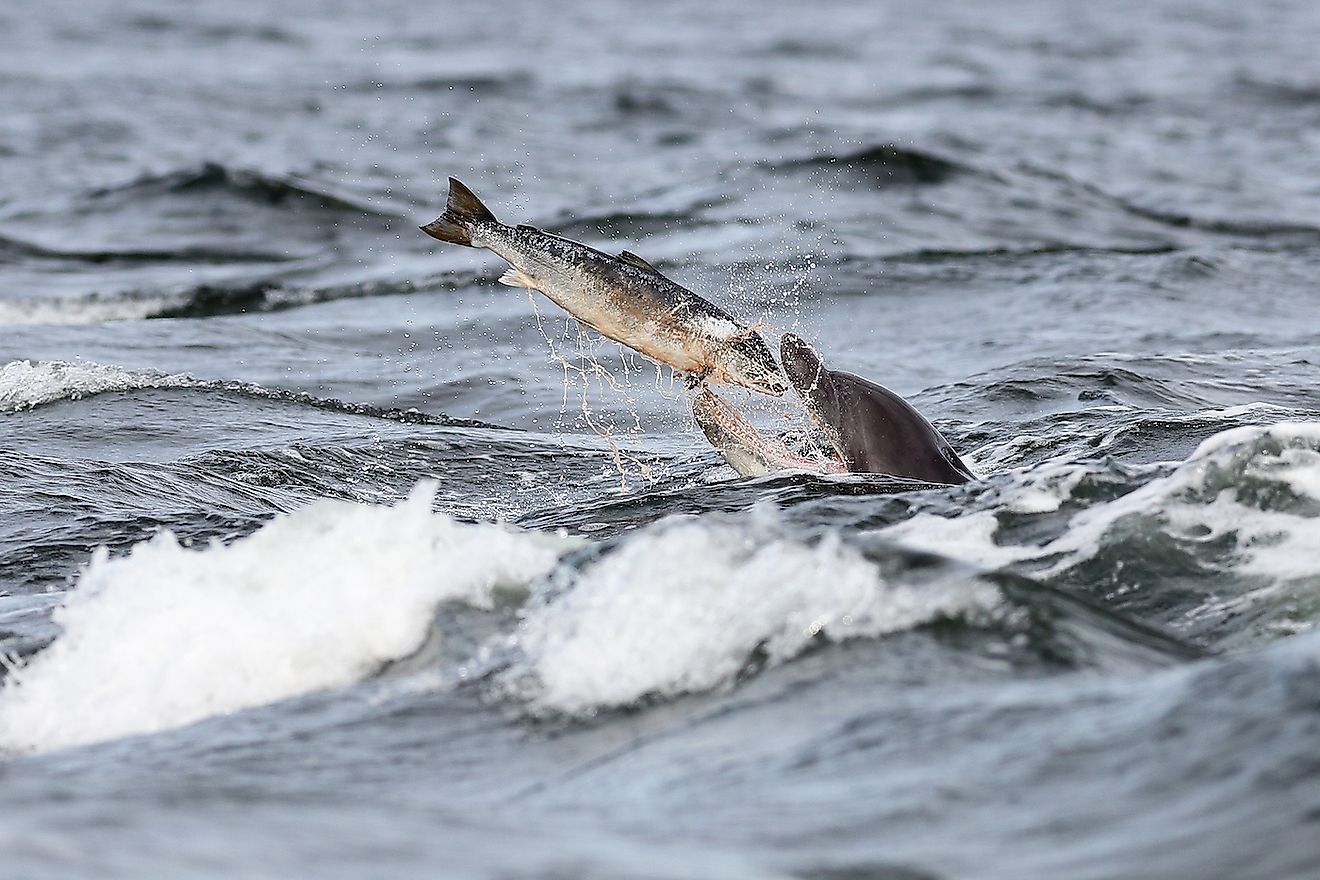
While the dolphin seems innocent, splashing with vacation-goers or putting on shows and leaping out of the ocean, these mammals are active predators and consume a wide variety of fish, squid, octopus, shrimp, and crustaceans. Adult dolphins will eat between 4% and 6% of their body weight each day.
Their hunting strategies are as diverse as their food preferences. Bottlenose dolphins usually co-operate with one another, with hunting groups encircling schools and herding fish into one mass, then taking turns to dive through the prey to feed. They will also herd fish toward sand bars or shorelines, trapping them in shallower water where they become easier prey.
Dolphins will also feed on individual fish, usually by flipping a fish out of the water with the tail flukes to stun it, then retrieving the prey. Beneath the surface, the dolphin will use its long snout to dig into the sand to rouse prey it has found with its powerful sonar, and snatch unsuspecting fish. In shallow areas, they will slap the water surface to disturb fish from their grassy hiding places and make them easier to catch. In more opportunistic fashion, dolphins may travel alongside shrimp trawls or fishing boats, feeding on any missed or discarded fish.
Prior to consuming prey, dolphins will often stun them using their sonar to disorientate fish, loud vocalizations powerful enough to cause injury, or by smacking their tail fluke into the water to create shock waves that confuse the fish.
4. Quolls
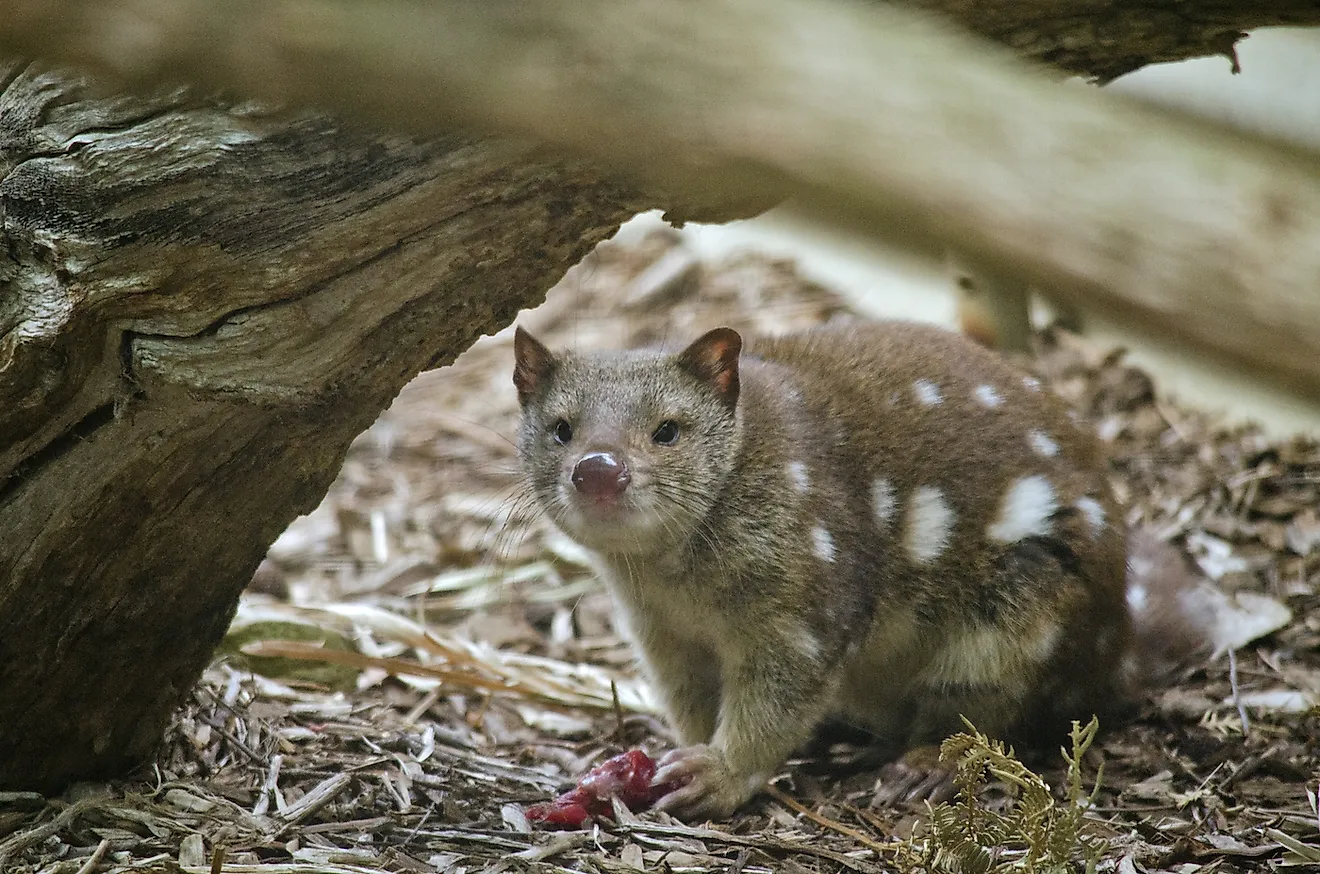
The quoll, a carnivorous marsupial that spends the first nine weeks of life in its mother's pouch, is found in four varieties in Australia - the northern, spotted-tail, easters, and western quolls. They are known as unapologetic killers despite their bright eyes, pink noses, and soft appearance with distinctive white spots.
Larger quolls will eat birds, possums, reptiles, bandicoots, echidnas, and rabbits, while smaller species tend to consume insects, bird eggs, frogs, lizards, snakes, and smaller animals. They are mainly active at night, tracking down prey and pinning it to the ground before delivering a deadly bite to the skull or neck with their sharp teeth and then using their strong jaws to tear meat an crush the bones of its victims.
3. Tarsiers
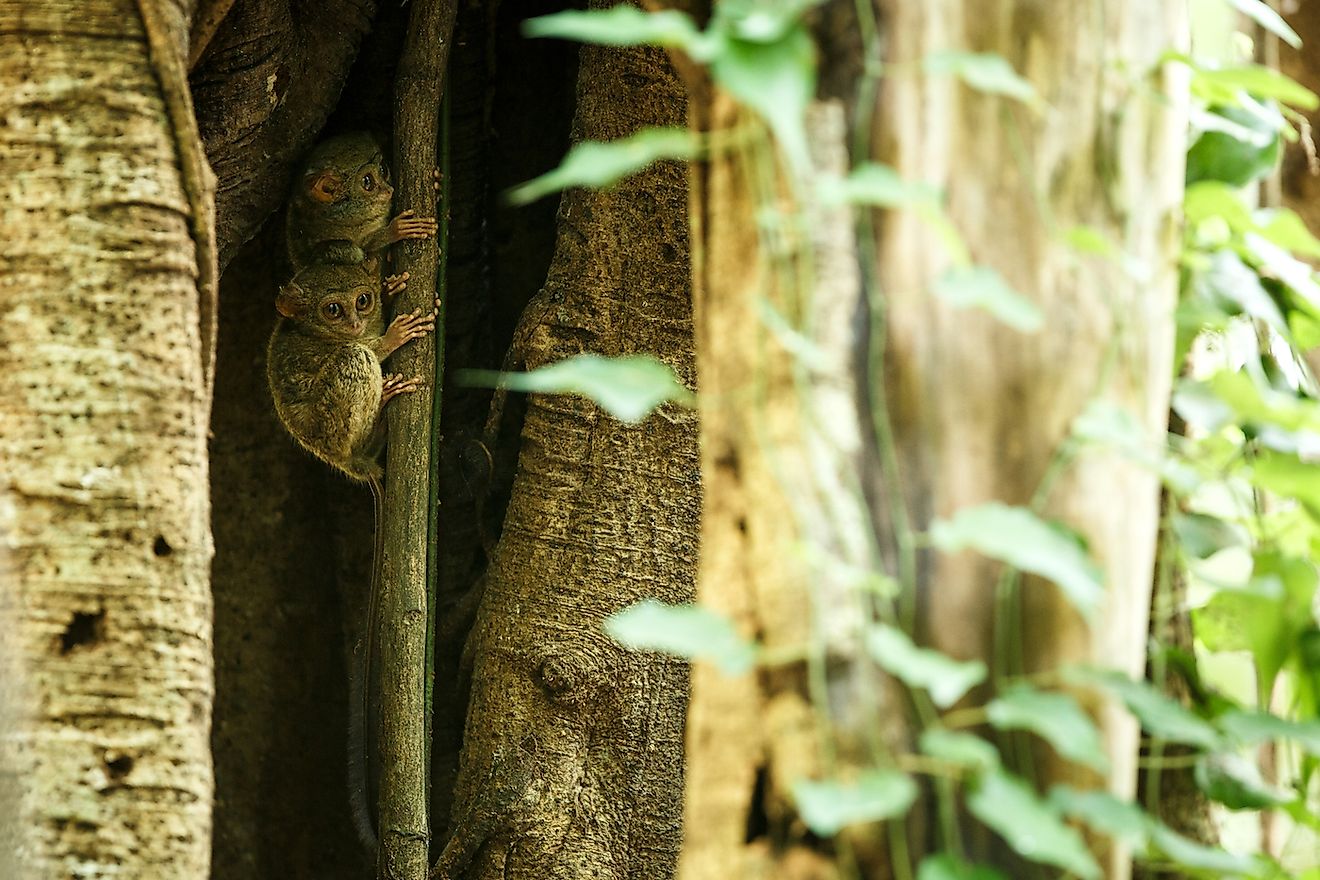
The tarsier, with its bright, wide eyes that consume most of its small face, appears to be an adorable primate found in the forests of Indonesia, the Philippines, and Borneo. Tarsiers feed exclusively on meat and hunt at night, which is why their big eyes are disproportionate to their bodies - like humans and other primates, they lack the tapetum lucidem that provides animals like raccoons night vision, and so the tarsier evolved to modify its diurnal eyeball into a nocturnal one by enlarging the eye in order to collect enough light to function. Its large eyes, which give the tarsier's face an almost cartoon-like appearance, do not turn, therefore the animals can swivel its head like an owl, allowing it to track prey in the dark.
Tarsiers are known as master hunters, stalking insects and lizards under the cover of night. They can leap up to 15 feet in one bound, allowing them to bounce from tree to tree and land directly on their prey, which they snatch with large hands and kill in a single bite with long, cone-shaped teeth.
2. Tasmanian Devils
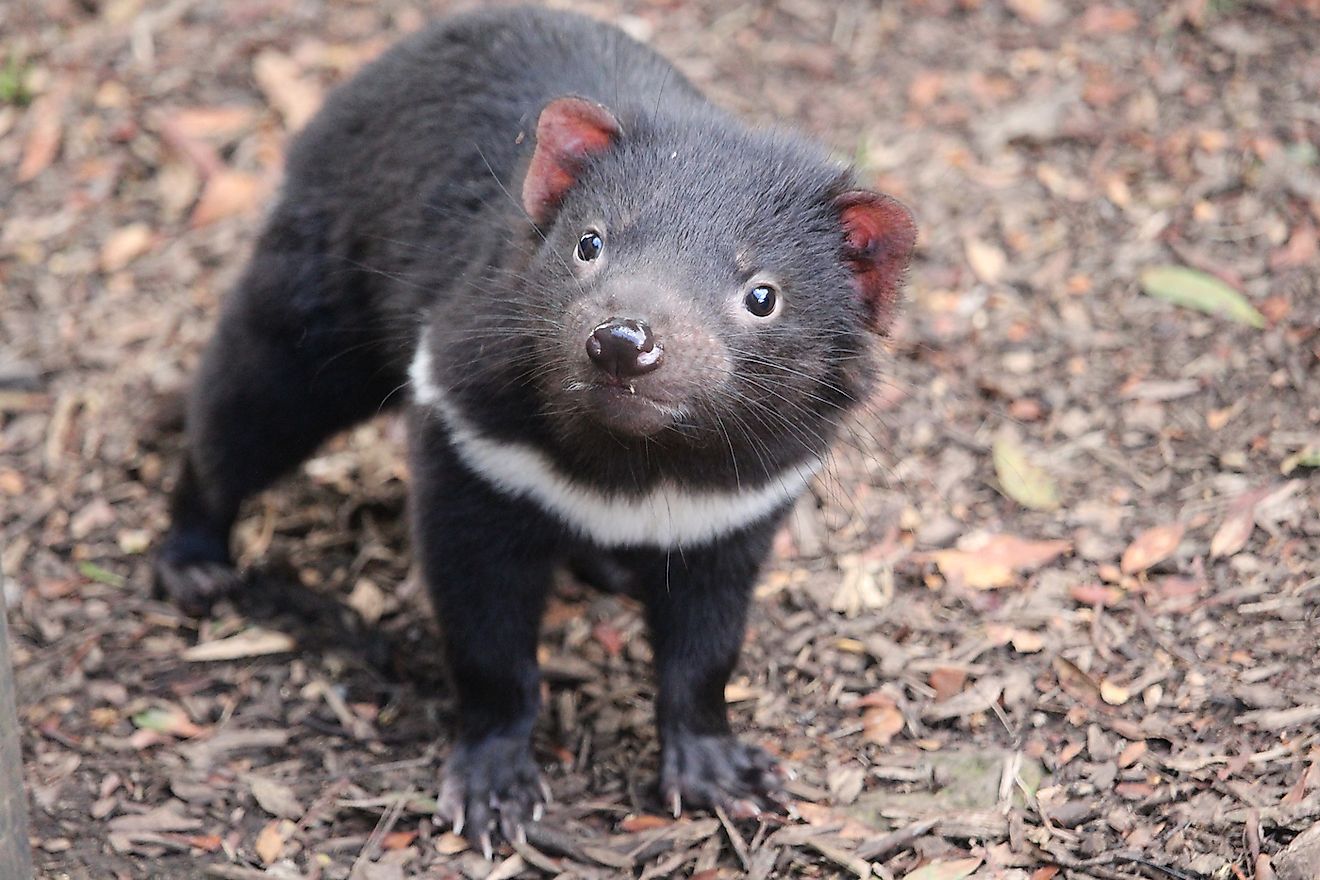
As their name suggests, Tasmanian devils herald from the island state of Tasmania off the coast of Australia. When not caught in a fit of rage, the 25-inch long marsupial resembles something between a large rat and a small bear, with its soft-looking black fur and characteristic white stripe across its chest. However, the Tasmanian devil is aptly named because its reaction to threats in the wild - fierce growling, lunging, and baring its sharp teeth.
Tasmanian devils are nocturnal and sometimes travel up to 10 miles to hunt for birds, snakes, fish and insects. They will also feast on carrion, and if more than one devil approaches the same dead carcass the fight is on.
Their sharp teeth not only allow the Tasmanian devil to hunt swiftly, but it also means the devil doesn't waste any part of its kill - the bones, hair, organs, and muscles are all consumed.
1. Black-Footed Cats
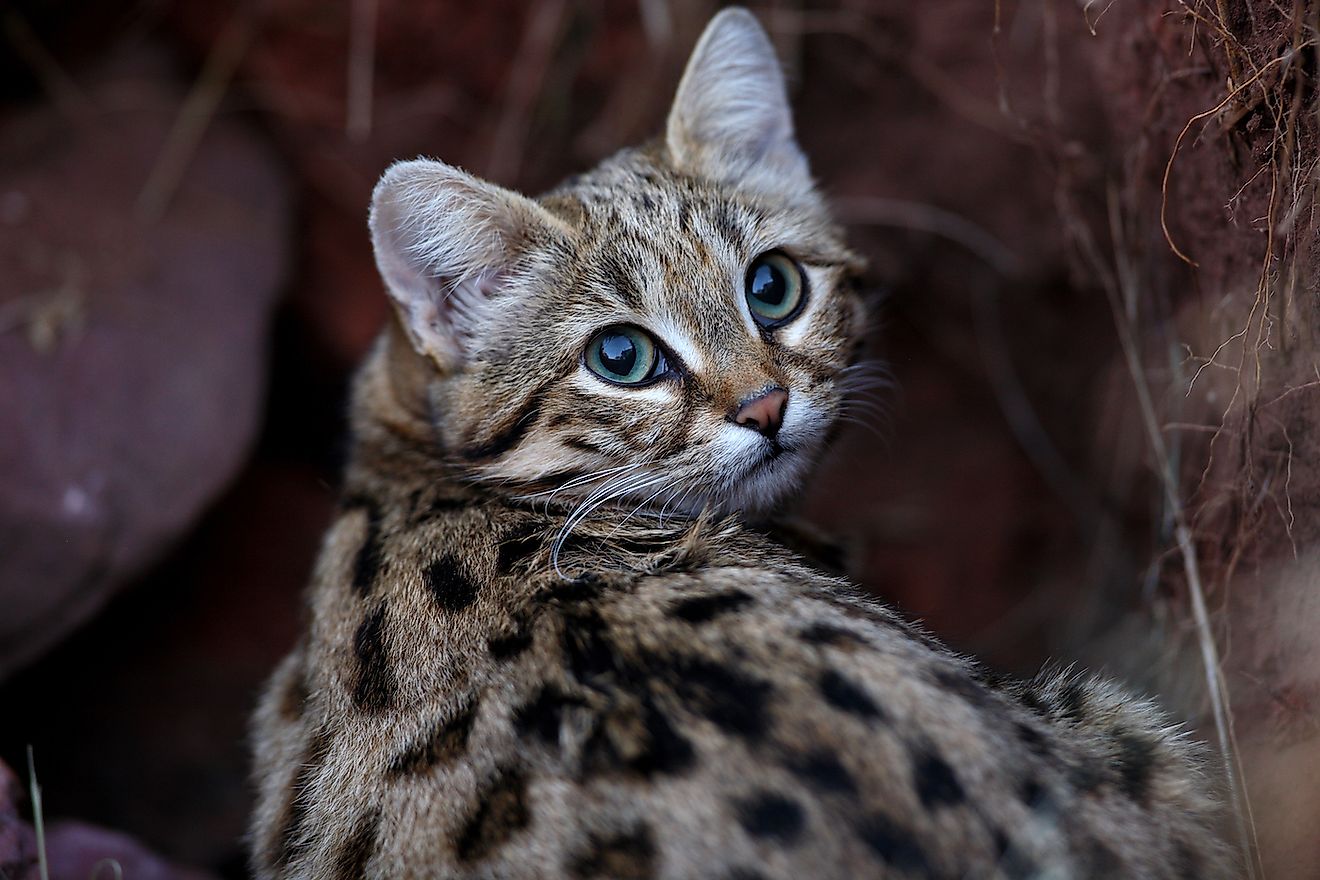
The African black-footed cat doesn't look much different than a domesticated tabby, but is known as the deadliest feline on Earth. Its endearing face and black-spotted body are similar to a house cat, and though it is smaller than the familiar pet at 20 inches long and between two and six pounds, it is fierce and can bring down more prey in a single night of hunting than its leopard cousin does in six months.
Black-footed cats are known as hunting powerhouses in the wild, and with accelerated metabolisms they are constantly on the lookout for prey like birds and rodents. There are three different techniques typically used in the hunt: bounding quickly through long grass to flush out prey; weaving slowly through the same grass to sneak up on unsuspecting victims; and sitting and waiting near burrows of rodents, waiting for them to surface.
The cats kill between 10 and 14 rodents or birds in a night, an average of one every 50 minutes, with a 60% success rate in its kills, beating out larger cats like the lion, which has a success rate of only about 20 to 25%. It's those statistics give the black-footed cat its reputation as the deadliest feline in the world, despite its size.











